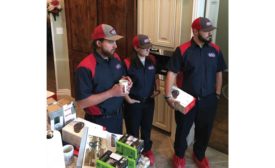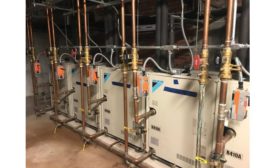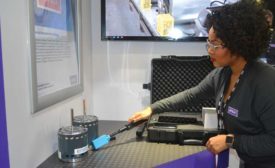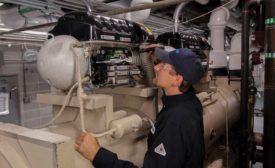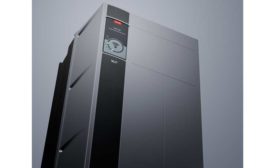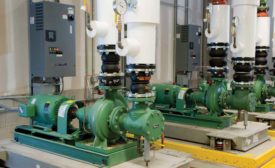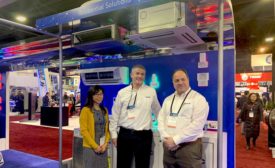HVAC Commercial Market
Barton James discusses his role and the association’s future
Read More
How to Profit From the HVAC Industry’s New Wave of Consolidation
Today, consolidation is driven by private equity
Read More
Tour Showcased VRV Systems at Duke Ellington Public School
Hosted by Havtech, event highlighted Gold LEED-earning project using Daikin technology
February 28, 2019
Regal Beloit Highlights FER Compliance With New Products
Genteq Ensite motor recognized at innovation awards
Read More
The Impact of Artificial Intelligence on HVACR
Smart systems may detect problems faster, improve comfort and savings
Read More
HVAC Drives Technology Boosts Data and Safety
Wireless connectivity takes one step forward, so technicians can take two steps back
Read More
Apples to Apples: AHRI Talks Motors and Drives Certification
AHRI Standard 1210/1211 plants seeds for better specifications and operation
Read More
Panasonic Prepares nanoeX IAQ Solution to Hit the Market
Product scheduled to launch in early 2020
Read More
Copyright ©2025. All Rights Reserved BNP Media.
Design, CMS, Hosting & Web Development :: ePublishing


